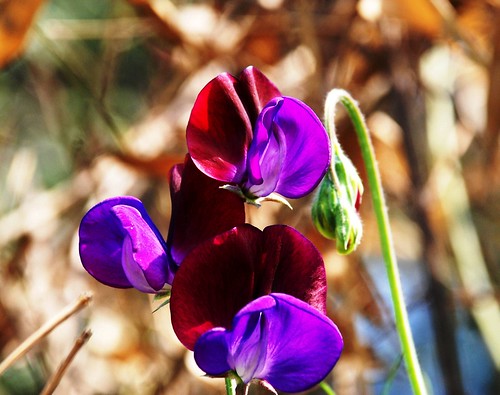Though the flowers of sweet pea are very beautiful as found in Meghalaya, seeds of many varieties of plants of the genus Lathyrus, including sweet pea, are toxic if eaten in quantity, unlike edible pea. A related pea species, Lathyrus sativus, is grown for human consumption but when it forms a major part of the diet it causes symptoms of toxicity called lathyrism. Sweet pea ingestion, it is believed, causes similar symptoms called odoratism or sweet pea lathyrism due to formation of collagen. The symptoms are similar to scurvy and copper deficiency which share the common feature of inhibiting proper formation of collagen fibrils. Seeds of the sweet pea contain beta-aminopropionitrile that prevents the cross linking of collagen by inhibiting lysyl oxidase, leading to loose skin. Recent experiments have attempted to develop this chemical as a treatment to avoid disfiguring skin contractions after skin grafting.

No comments:
Post a Comment